The Gilmore Car Museum, Miles From the Ordinary
America’s Signature Collection
The Gilmore Car Museum opened in 1966 and has evolved and grown substantially since. Today a visit to its 90-acre campus located 16-miles northeast of Kalamazoo, Michigan on the eastern outskirts of Hickory Corners requires more than a single day to view what has become a “coalition of car museums.” And lest anyone not be familiar with what comprises this “coalition,” today the Gilmore complex includes museums of the original Gilmore family as well as those of the Lincoln Motor Car Foundation, Cadillac-LaSalle Club Museum, Pierce-Arrow Foundation, Franklin Club, Ford Model A Ford Foundation and more.
It’s worthy of noting the inclusion of people in images and text alike, a reflection of the philosophy of Gilmore itself and expressed by author David Lyon in his introduction: “Museums are about culture, history, and heritage.” Thus his book, “does not concentrate on descriptions of mechanical fact, but rather on stories about the people associated with the artifact.”
And some of those stories are true jewels of automotive trivia. One such is the detailed description of the materials and steps required to achieve the Weyman fabric body on a ’28 Stutz; canvas duck, cotton batt and curled horsehair, wadding and rubber pads and a skin of Zapon to achieve the appearance of a vinyl cover!
Another tidbit, nearer to Avanti enthusiasts interests, concerns the Gilmore’s ’50 Studebaker four-door noting that its designer Bob Bourke was at the time in the employ of Raymond Loewy who challenged Bourke to use P-38 airplane styling cues. Author Lyon writes what your reviewer has learned from an exchange of communications with AOAI member David Hagerman may be an apocryphal story that Loewy subsequently “had a propeller on the nose of his own 1950 Studebaker.”
Hagerman heads, since the passing of his wife Laurence Loewy, the Estate of Laurence Loewy. At my request he scoured the files for photos of RL’s personal ’50 Stude and came up with this: “Prop kits were available but, while RL had ‘at least three custom bombers,’ none sported the commercially available prop since RL was so aware of not crossing that fine line between creativity and what might have been construed as industrial “espionage.” “Thus” wrote Hagerman, “Raymond Loewy built a pair of custom bombers, one an elegant town car and one with a Targa-style plexiglass roof. He also kept a standard 4-door in La Cense, his French countryside estate, for use by guests and staff.”
Those details aside, of greatest importance is the service this book provides describing considerations relevant to museum operations—business aspects as well as the philosophical ones that influence and govern business decisions of real museums. Each is, of course, different but the basics, as illustrated and explained in the book are applicable to any—even all—museums, be they automotive, or art, or aerospace, or natural history, or. . .
This is a book that merits not merely having but actually reading with care while you also enjoy the fine photos. The ideas discussed make worthwhile reading for the grey matter to ponder but are presented in such a way that makes exploring the pages most pleasant and enjoyable.
Appendices, no index.
Copyright 2017, Helen V. Hutchings (speedreaders.info).
This review first appeared in substantially similar form in Avanti Magazine, the color quarterly publication of the Avanti Owners Association International to which the writer is a contributing editor.
The Gilmore Car Museum, Miles from the Ordinary
America’s Signature Collection
by David O. Lyon
The Donning Company Publishers, 2014, 3rd edition
168 pages, 88 b/w & 244 color illustrations, hardcover
List Price: $34.95
ISBN 13: 978-1-58764-946-4


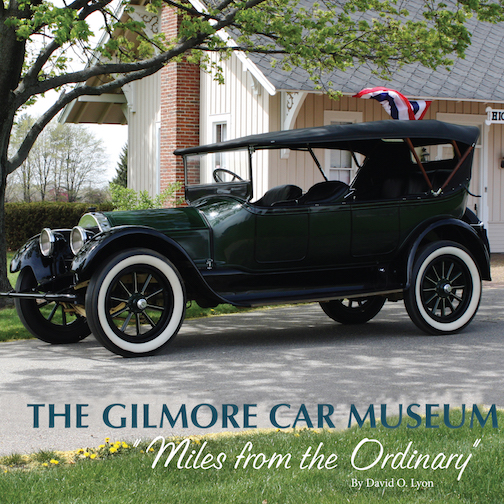
 RSS Feed - Comments
RSS Feed - Comments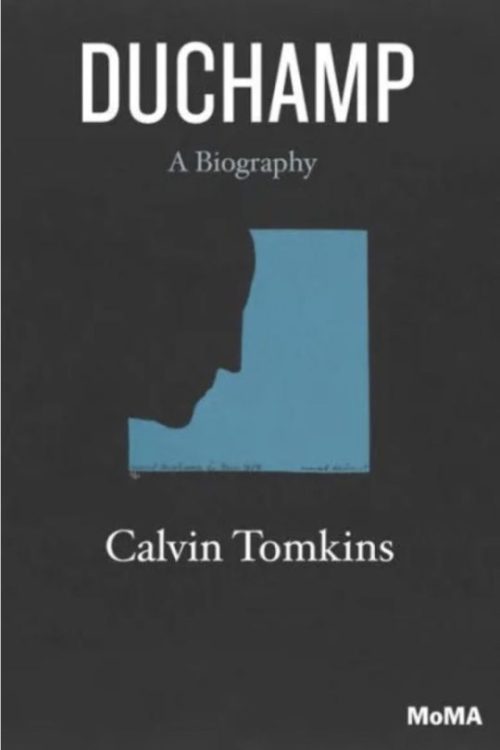

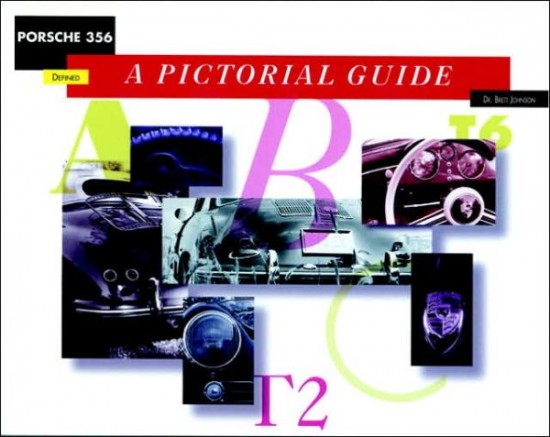
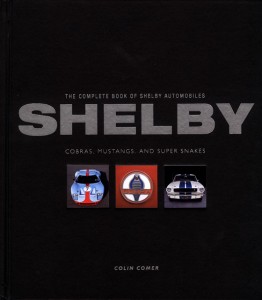
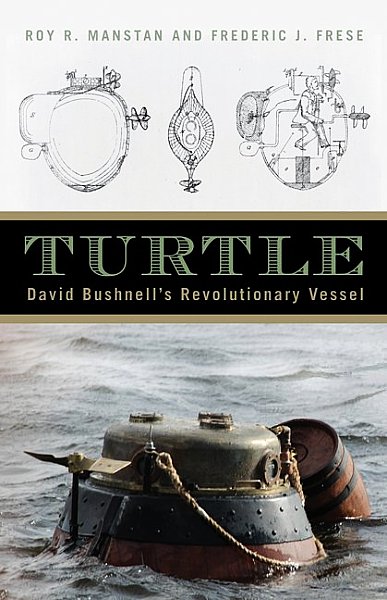

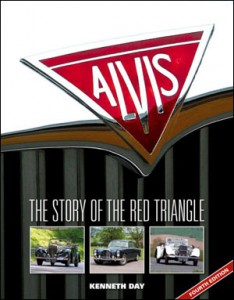
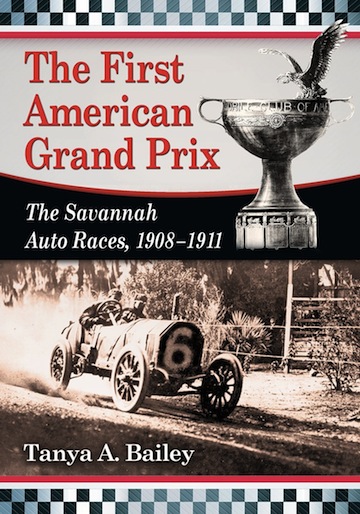



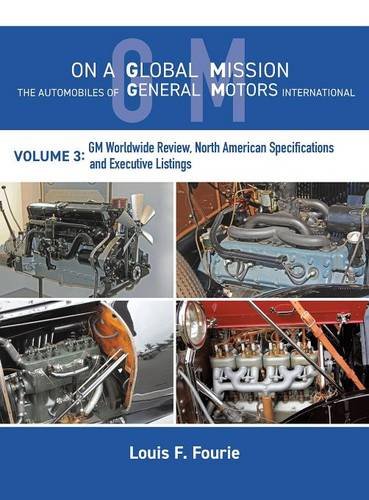
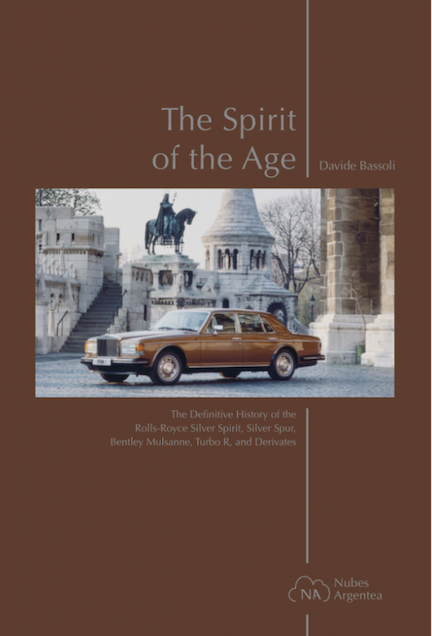


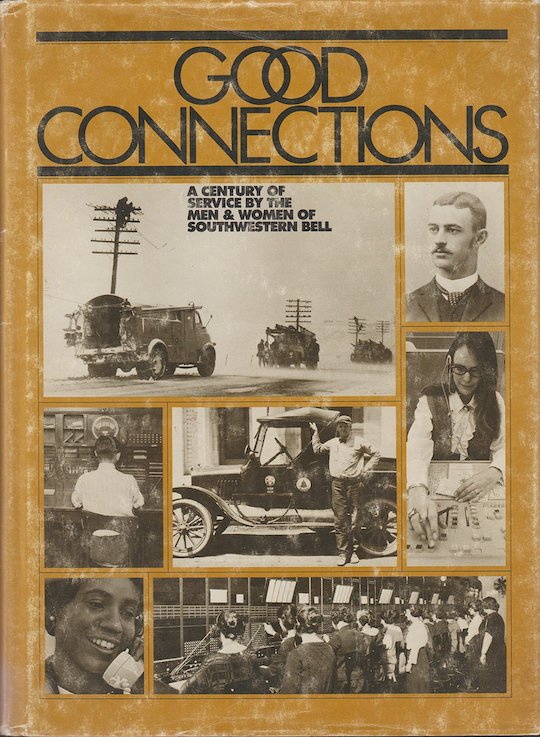
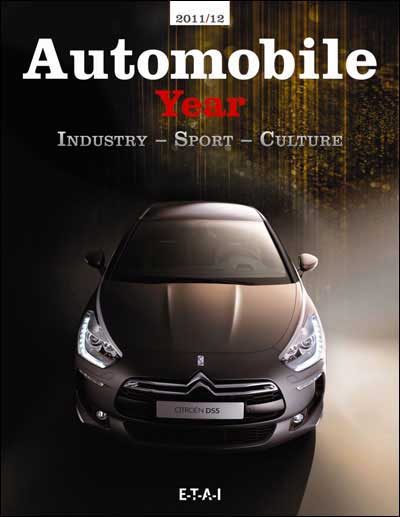

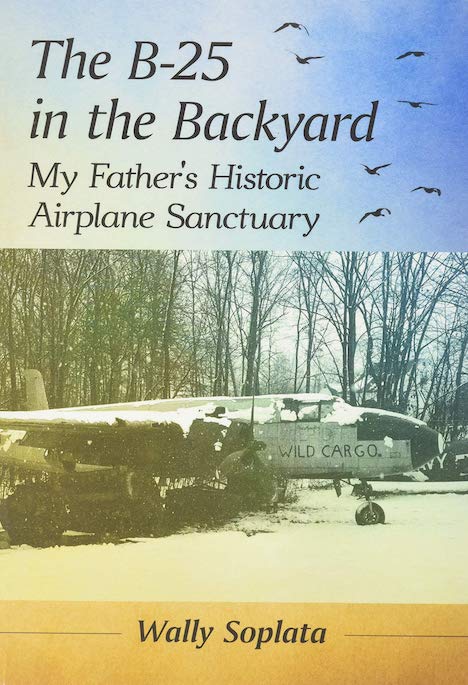
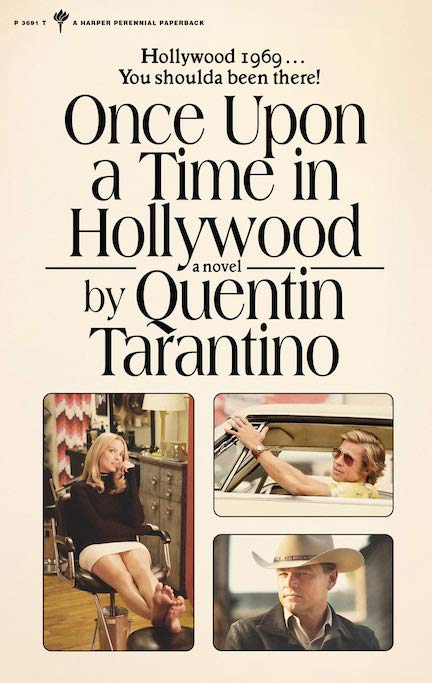
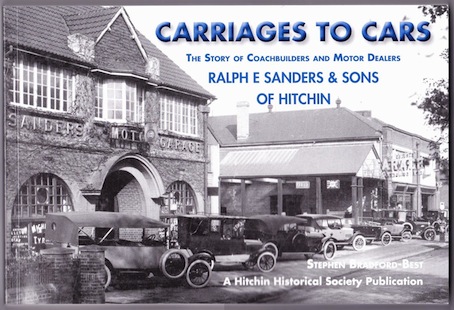

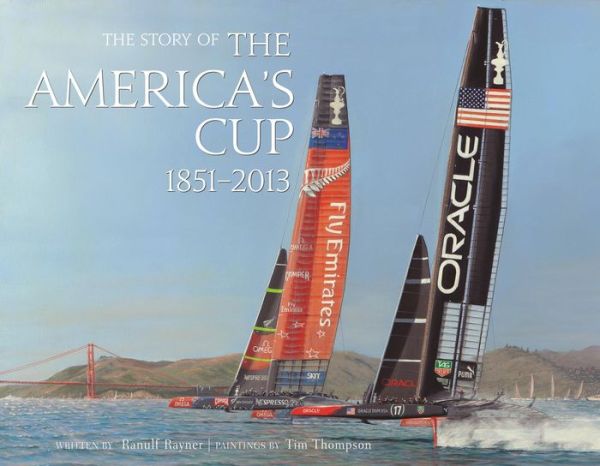
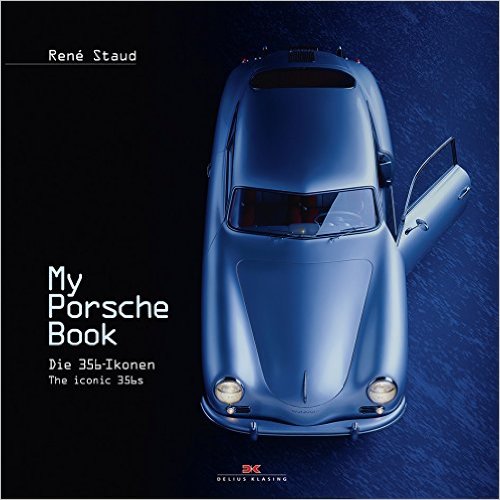


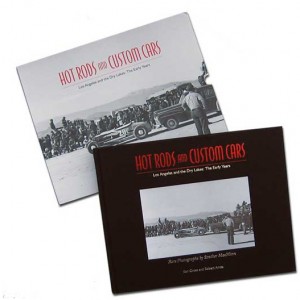
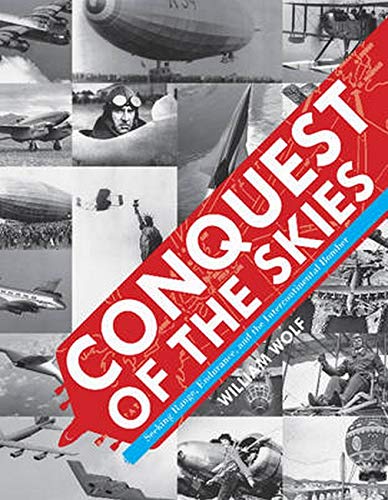
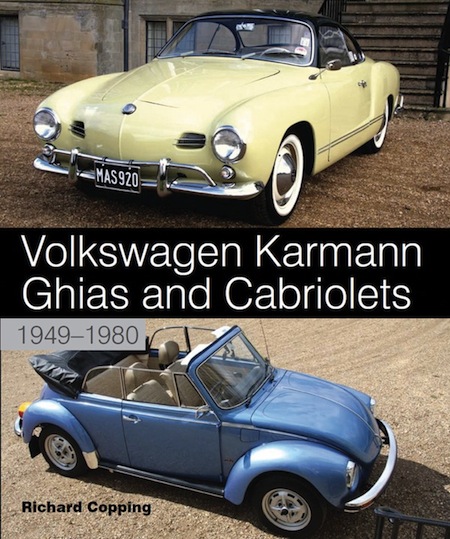

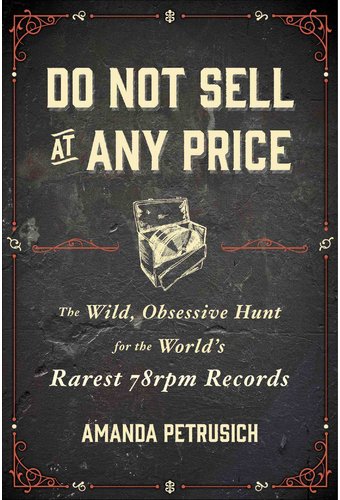
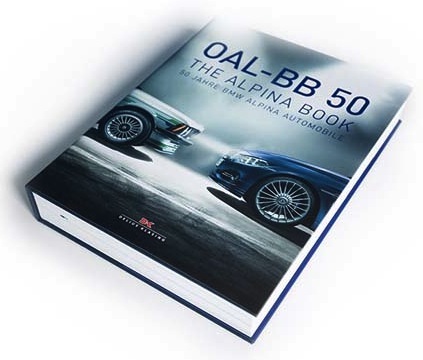
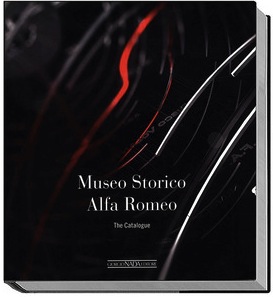


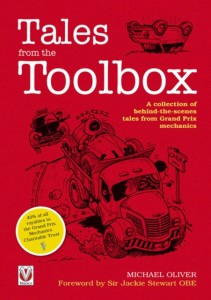

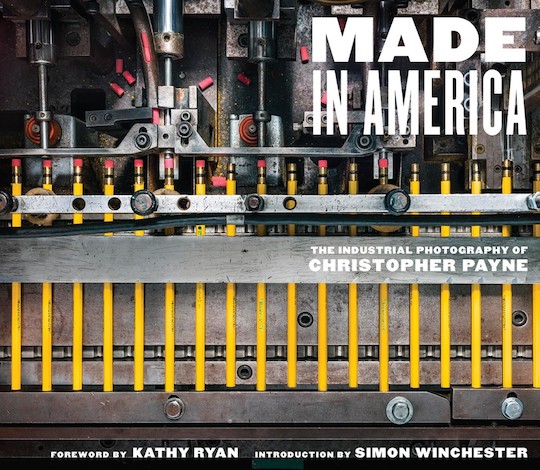
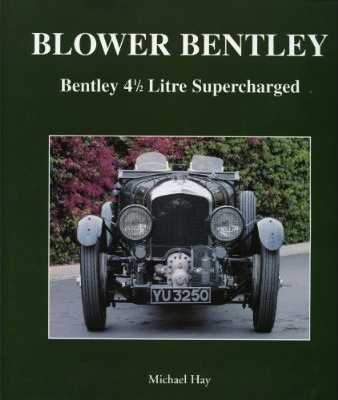

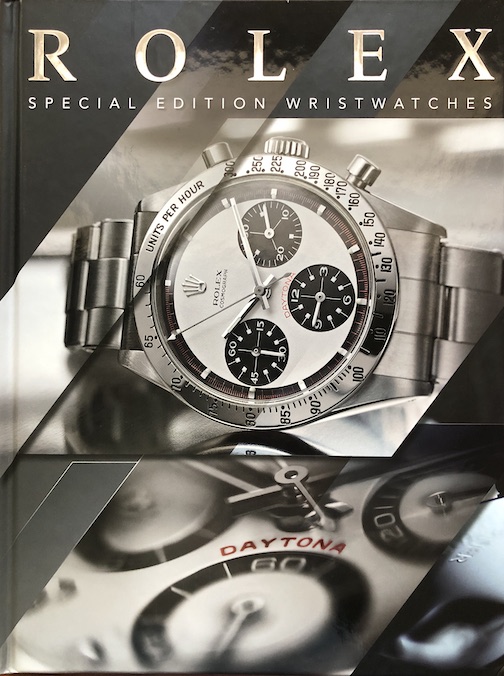
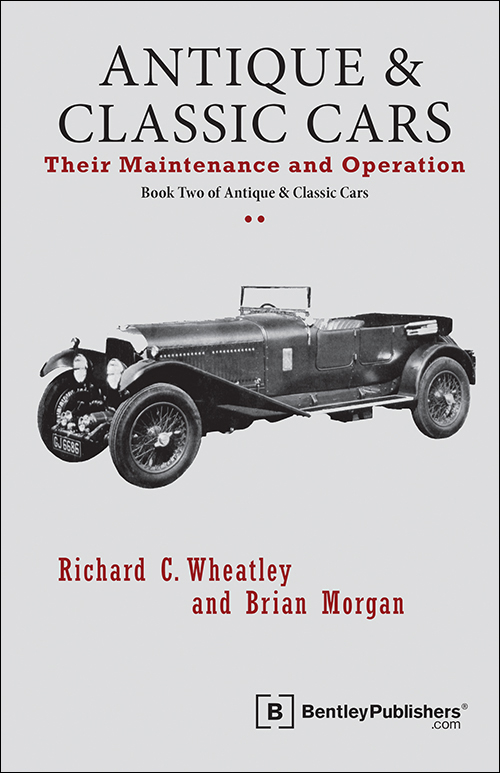
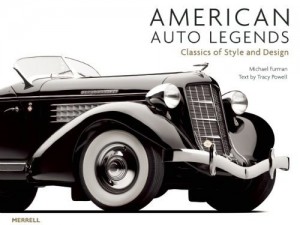
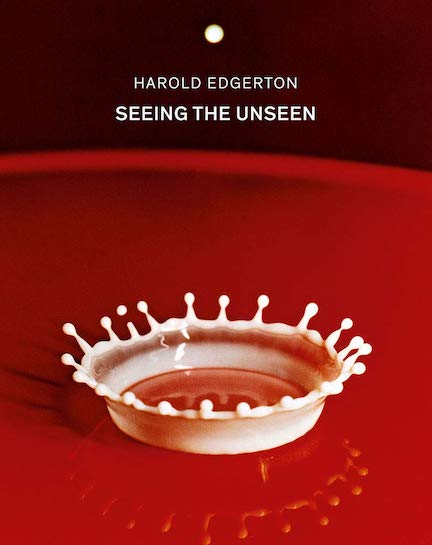

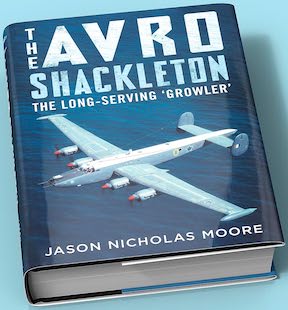
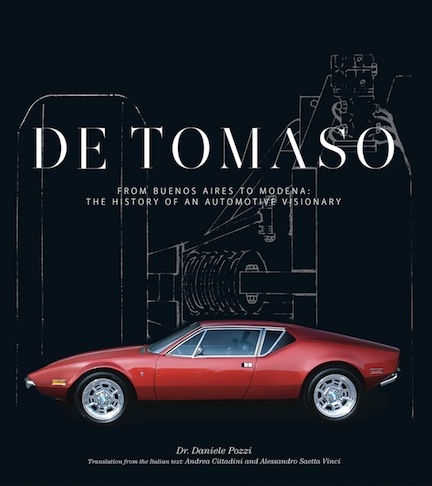

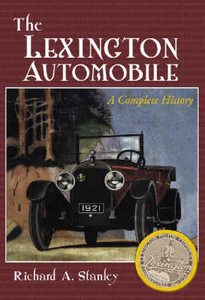
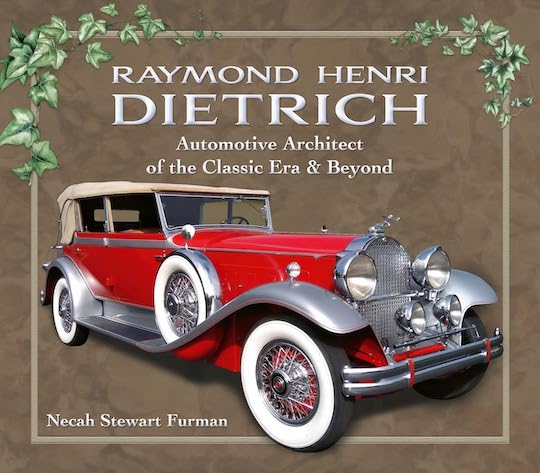

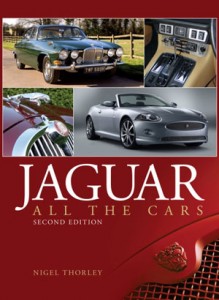
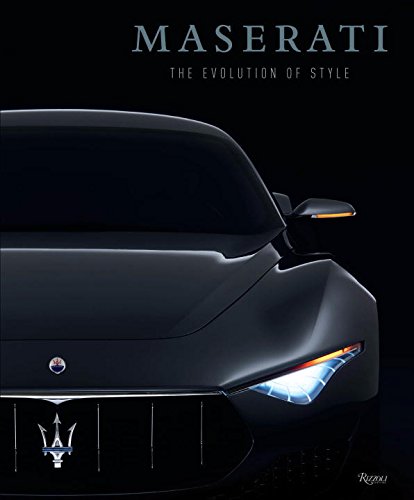



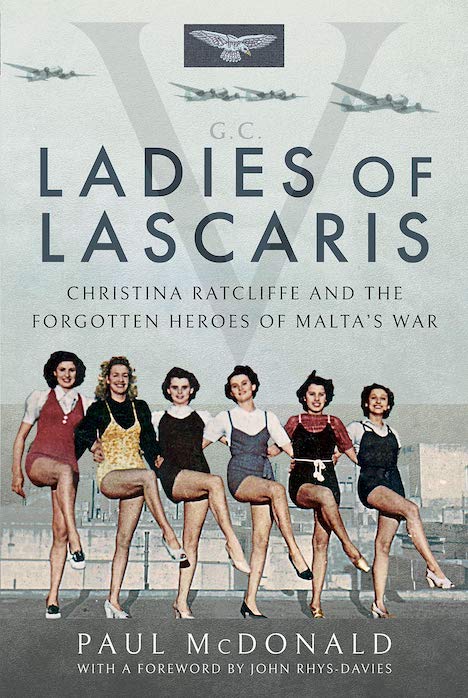

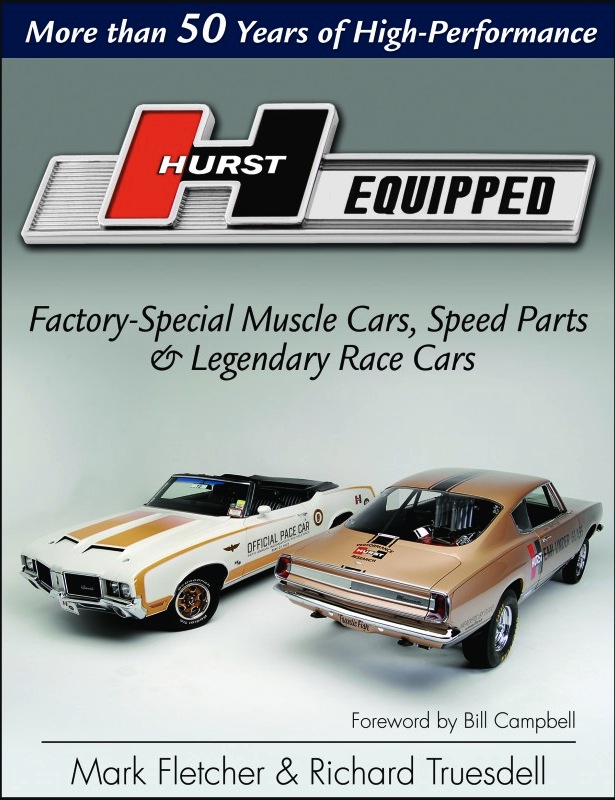
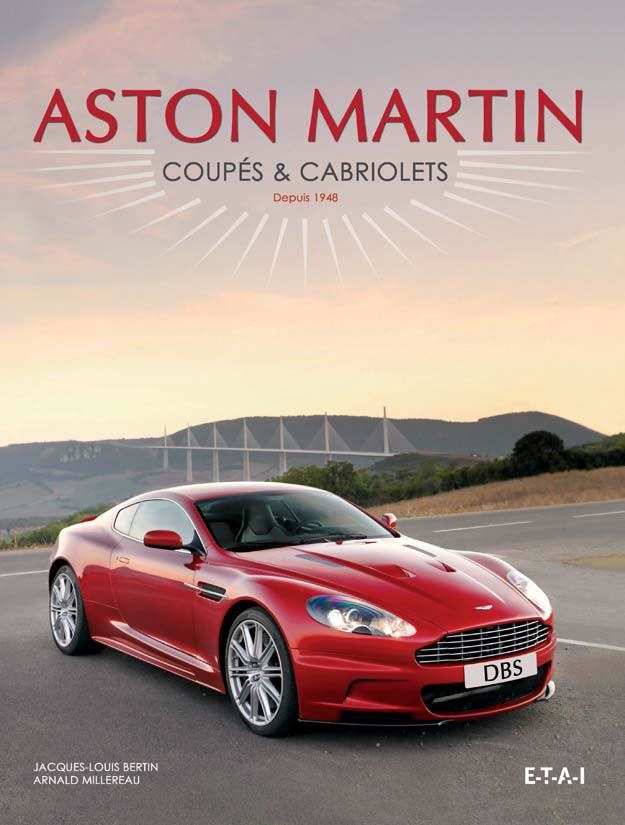


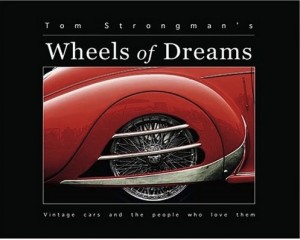
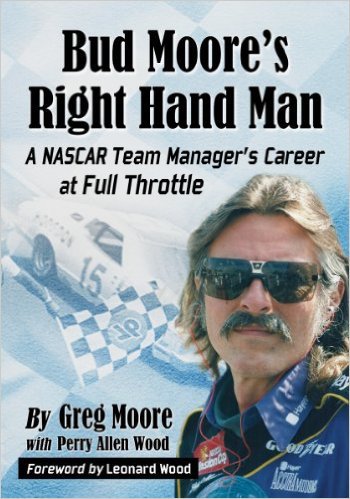
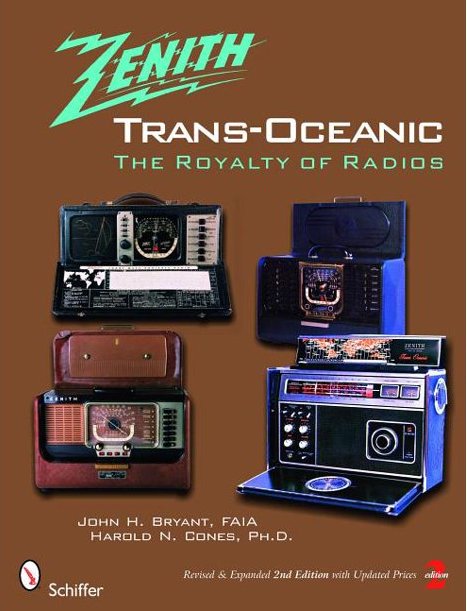

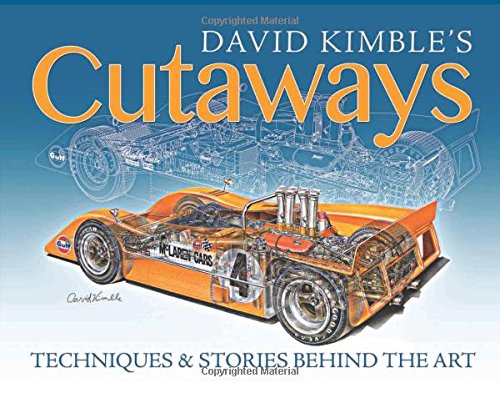
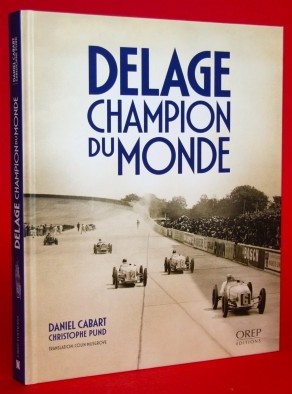
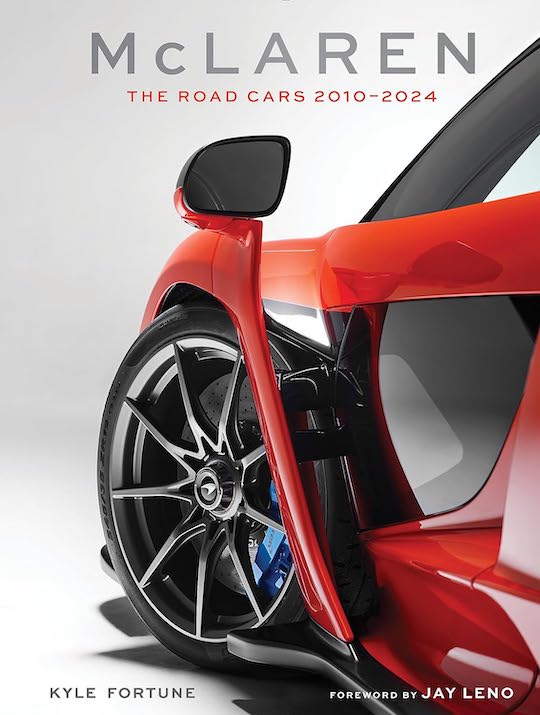


 Phone / Mail / Email
Phone / Mail / Email RSS Feed
RSS Feed Facebook
Facebook Twitter
Twitter